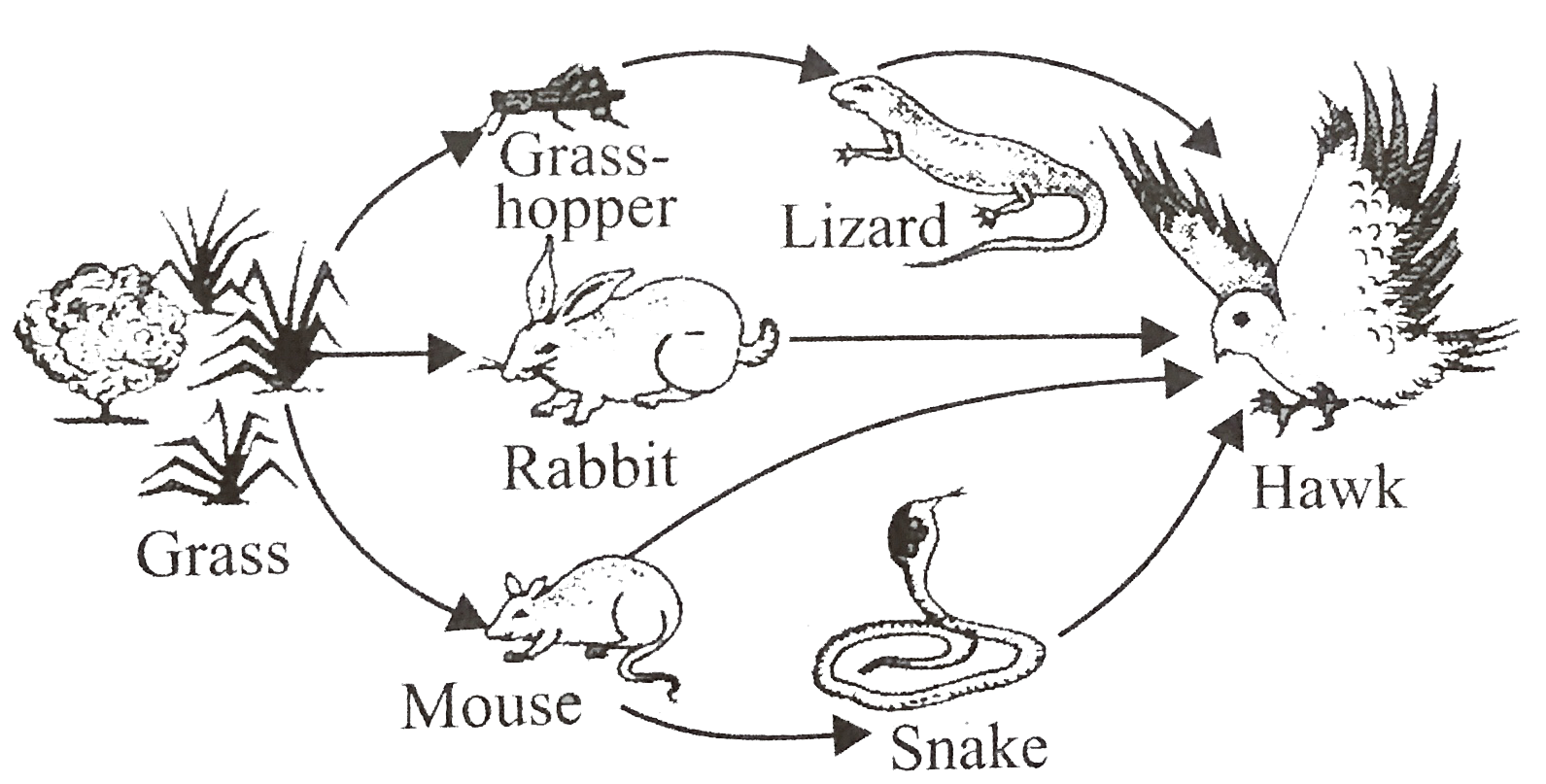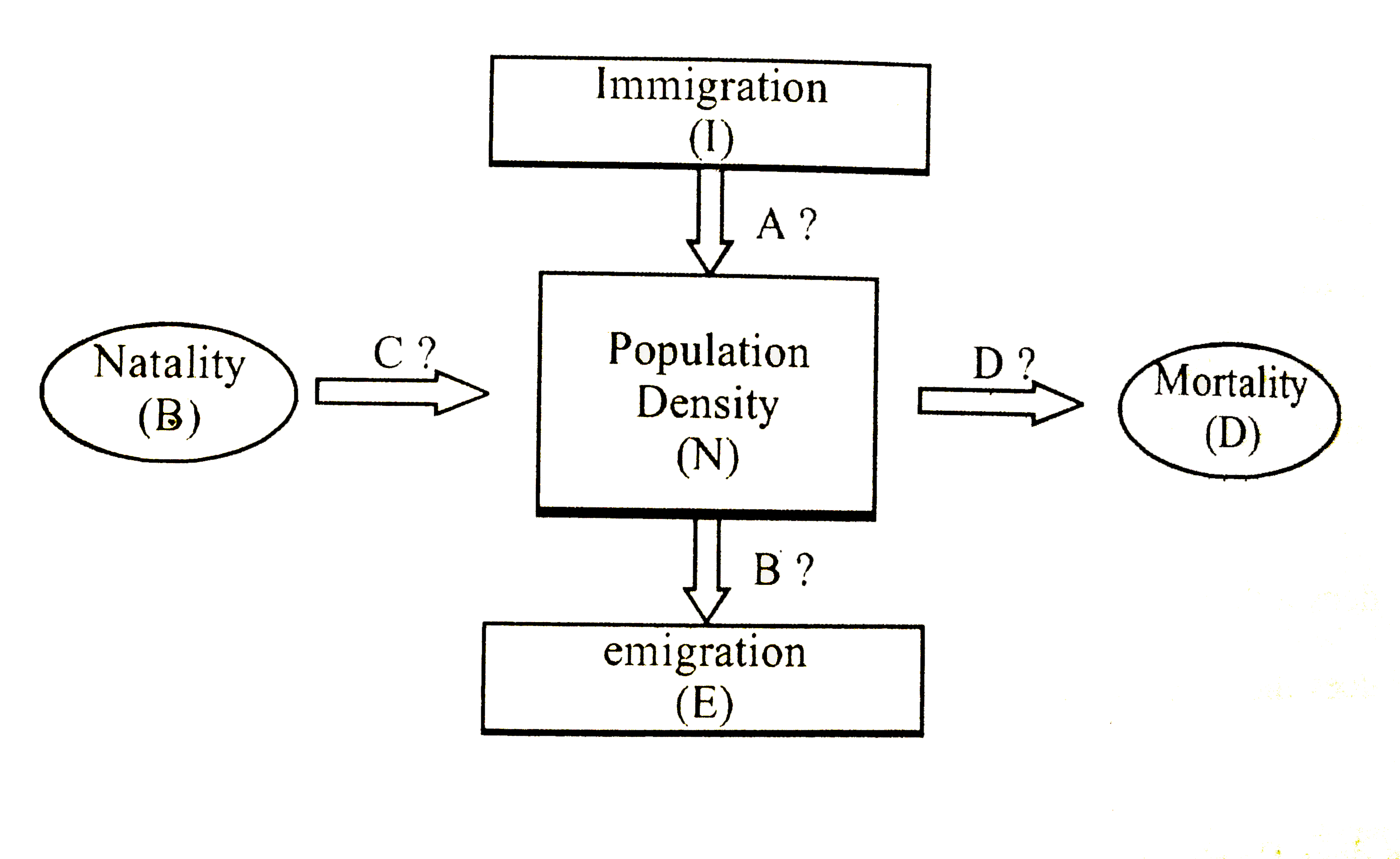Increased IMR and decreased MMR in a population will
cause rapid increases in growth rate
result in decline in growth rate
not cause significant change in growth rate
result in an explosive population /exp
The correct Answer is:C
To solve the question regarding the implications of increased Infant Mortality Rate (IMR) and decreased Maternal Mortality Rate (MMR) on a population, we can follow these steps:
1. Define IMR and MMR:
- Infant Mortality Rate (IMR) refers to the number of deaths of infants under one year old per 1,000 live births in a given year.
- Maternal Mortality Rate (MMR) refers to the number of maternal deaths per 100,000 live births due to complications from pregnancy or childbirth.
Hint: Understanding the definitions of IMR and MMR is crucial to analyzing their effects on population growth.
2. Analyze the Effects of Increased IMR:
- An increase in IMR indicates that more infants are dying, which suggests poorer health conditions for infants and can lead to a decline in population growth.
Hint: Consider how higher infant mortality affects the overall number of individuals in the population.
3. Analyze the Effects of Decreased MMR:
- A decrease in MMR indicates that more mothers are surviving childbirth, which can contribute positively to population growth since more mothers can give birth to more children.
Hint: Think about how maternal health impacts the ability to have children and the overall birth rate.
4. Combine the Effects:
- The increase in IMR negatively impacts population growth, while the decrease in MMR positively impacts it. However, these two effects are inversely related.
- Therefore, while one factor (increased IMR) is pulling the growth rate down, the other factor (decreased MMR) is pushing it up.
Hint: Reflect on how two opposing trends can influence the overall growth rate.
5. Determine the Net Effect:
- Since the increase in IMR and decrease in MMR have opposite effects, they may neutralize each other to some extent. This means that the overall change in population growth may not be significant.
Hint: Consider the balance of the two rates and how they interact with each other.
6. Conclusion:
- The overall effect of increased IMR and decreased MMR in a population will likely result in no significant change in the growth rate.
Hint: Look for options that suggest a neutral outcome when both rates are considered together.
Final Answer:
The correct conclusion is that the increased IMR and decreased MMR will not cause significant change in the growth rate of the population.
- Infant Mortality Rate (IMR) refers to the number of deaths of infants under one year old per 1,000 live births in a given year.
- Maternal Mortality Rate (MMR) refers to the number of maternal deaths per 100,000 live births due to complications from pregnancy or childbirth.
- An increase in IMR indicates that more infants are dying, which suggests poorer health conditions for infants and can lead to a decline in population growth.
Hint: Consider how higher infant mortality affects the overall number of individuals in the population.
- A decrease in MMR indicates that more mothers are surviving childbirth, which can contribute positively to population growth since more mothers can give birth to more children.
Hint: Think about how maternal health impacts the ability to have children and the overall birth rate.
- The increase in IMR negatively impacts population growth, while the decrease in MMR positively impacts it. However, these two effects are inversely related.
- Therefore, while one factor (increased IMR) is pulling the growth rate down, the other factor (decreased MMR) is pushing it up.
- Since the increase in IMR and decrease in MMR have opposite effects, they may neutralize each other to some extent. This means that the overall change in population growth may not be significant.
Hint: Consider the balance of the two rates and how they interact with each other.
- The overall effect of increased IMR and decreased MMR in a population will likely result in no significant change in the growth rate.
The correct conclusion is that the increased IMR and decreased MMR will not cause significant change in the growth rate of the population.
Topper's Solved these Questions
- REPRODUCTIVE HEALTH BOOK - NCERT EXEMPLAR ENGLISHCHAPTER - REPRODUCTIVE HEALTH EXERCISE - VERY SHORT ANSWER TYPE QUESTIONS
10 Videos
- REPRODUCTIVE HEALTH BOOK - NCERT EXEMPLAR ENGLISHCHAPTER - REPRODUCTIVE HEALTH EXERCISE - SHORT ANSWER TYPE QUESTIONS
9 Videos
- REPRODUCTION IN ORGANISMSBOOK - NCERT EXEMPLAR ENGLISHCHAPTER - REPRODUCTION IN ORGANISMSEXERCISE - Long Answer Type Questions
5 Videos
- SEXUAL REPRODUCTION IN FIOWERING PIANTSBOOK - NCERT EXEMPLAR ENGLISHCHAPTER - SEXUAL REPRODUCTION IN FIOWERING PIANTSEXERCISE - Long Answer Type Questions
5 Videos
Similar Questions
Knowledge Check
In the given food web, and increase in the population of hawks will not result in
 Adecrease in the population of rabbits and sankesBdecrease in the population of mouseCdecrease in the population of lizardsDincrease in the population of grasshoppers.
Adecrease in the population of rabbits and sankesBdecrease in the population of mouseCdecrease in the population of lizardsDincrease in the population of grasshoppers.Which of the following would necessarily decrease the density of a population in a given habitat ?
ANatality and mortalityBImmigration and emigrationCMortality and emigrationDNatality and immigration
Increasing and decreasing Functions
View SolutionWhich factors would necessarily decrease the density of a population in a given habitat ?
View SolutionWhich of the following would necessarily decrease the density of a population in a given habitat ?
View SolutionIn the given food web, an increase in the population of hawks will not result in

View SolutionMortality and _________ contribute to a decrease in population density.
View Solution[A] : The food webs are very important in maintaining the stability of an ecosystem in nature .
[R] : The decrease in the population of rabbit would naturally cause an increase in the population of alternative herbivores e.g. , mouse .
View Solution

